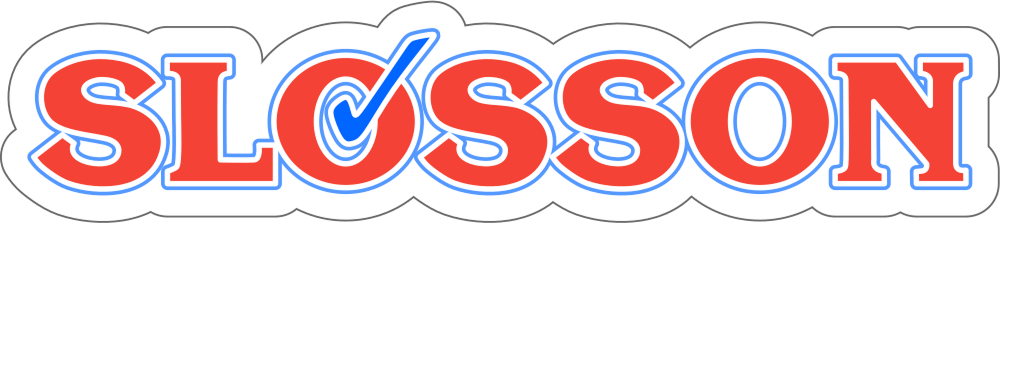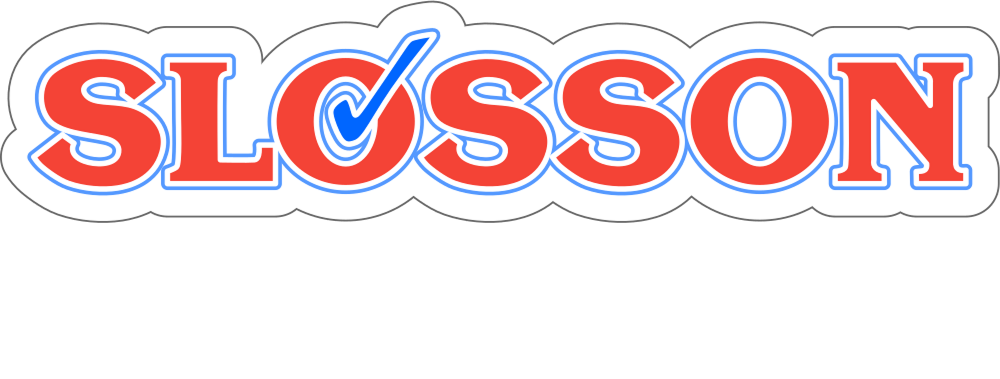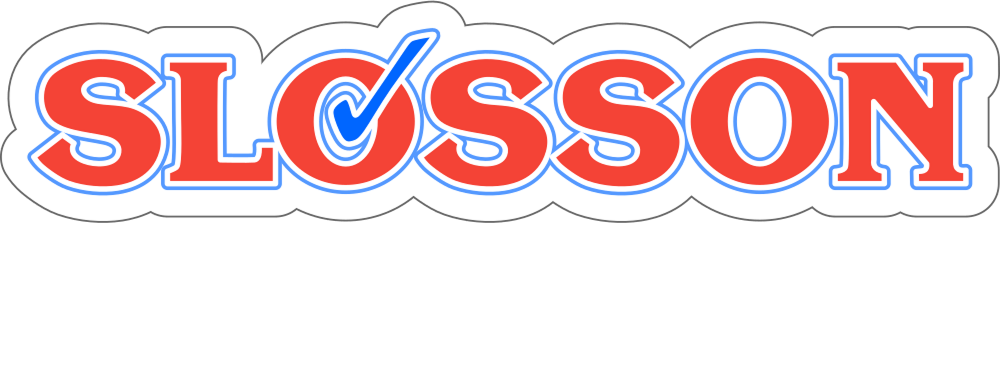Reading / Math / Screening
We provide a wide range of helpful products to assist educators, psychologists, counselors, and more.
Slosson Oral Reading Test-Revised (SORT-R3)
The Slosson Oral Reading Test (SORT) has historically held a respected position in education as a quick screening test to determine a student's reading level. The SORT-R3 continues in the tradition and purpose that Richard L. Slosson intended, remaining as a quick and reliable screening test. With the ability to target word recognition levels for children and adults, the SORT-R3 can be used for regular education testing populations and for many special testing populations.
Essential Skills Screener (ESS)
A brief and modern series of academic achievement screening tests, the ESS is perfect for identifying children "at-risk" for school readiness or learning problems. The ESS is made up of nine tests, including reading, writing, and math skills for three levels: Preschool, Early Elementary, and Upper Elementary.
Slosson Written Expression Test (SWET)
The SWET is a screening test designed to measure a child's written expression skills. This test allows for descriptions of the individual child's authentic written expressive skills, and a comparison of the child's performance to his or her age peers. The SWET differs from many writing tests because student responses are analyzed in the context of an authentic composition, rather than a close-ended or short answer format. This format reduces the effects of guessing which may elevate the child's score and provides an analysis of the student's genuine writing capabilities.
Einstein Evaluation of School-Related Skills 2nd Edition (EESRS-2)
Perfect for the at-home schooler, the Einstein will check to see if your child is "making the grade" and able to pass age appropriate curriculum. For in-school settings, the Einstein will see if students are functioning at the same achievement levels. For school/home use, parent/teacher conferences, Head Start programs, and "at-risk" learning disability programs, the Einstein can be easily administered by a variety of professionals. Yet parents, tutors, or home health specialists who do not have training in statistics, testing, or measurement, can still use this individual screener. With six levels of the Einstein, one for each grade level from Kindergarten through Fifth Grade, major skill areas underlying school achievement are measured.
Slosson - Diagnostic Math Screener (S-DMS)
The Slosson-Diagnostic Math Screener helps to identify students who are at risk for mathematics failure. The administrator can very quickly attain an overall view for an entire class when group scored by a professional or paraprofessional. In addition, the administrator is allowed to observe the procedures each student actually utilized in reaching their solutions.
Diagnostic Screening Test: Math - Third Edition (DSTM)
The DSTM taps a separate math concept with items divided into two testing divisions. The first is the Basic Processes Section, composed of 36 items arranged developmentally within four major areas. Nine supplemental areas that are also scored in this Basic Processes Section include: Process, Sequencing, Simple Computation, Complex Computation, Special Manipulations, Use of Zero, Decimals, Simple Fractions, and Manipulation in Fractions.
Diagnostic Screening Test: Reading - Third Edition (DSTR)
The DSTR is a quick, valid method for estimating practical data about a student's reading skills. An initial pool of 3,221 reading words was obtained by having 71 teachers, Grades 1 through 12, submit lists of up to 100 words typically taught for the first time at their grade level. Seven years of word-sample use helped to verify the 84-word range content.
Diagnostic Screening Test: Spelling - Third Edition (DSTS)
The DSTS is designed in a flexible format making it easy to administer and score, to meet the needs and preferences of most examiners. The 78 test words are arranged in developmental sequence, thereby cutting administration time to between five and ten minutes.
Diagnostic Screening Test: Achievement - Third Edition (DSTA)
Designed a a quick, valid method for estimating practical data about student's overall school achievement in general, and achievement in Science, Social Studies and Literature and the Arts more specifically. Since it is important to be able to obtain quick, reliable estimate of "content" area achievement, the need for a test such as this seems evident.
Diagnostic Screening Test: Language - Third Edition (DSTL)
The DSTL is designed as a quick, valid method for estimated over-all achievement level in written language and more specifically, testing skill mastery levels in grammar, punctuation, capitalization, sentence structure and formal spelling rules.
Complete Diagnostic Screening Test Battery
Includes Complete Kits of DST: Math, DST: Spelling, DST: Achievement, and DST: Language, Order the Complete Diagnostic Test Battery and Save!
Wide Range Achievement Test - Fifth Edition (WRAT-5)
The WRAT5 provides an accurate and easy-to-administer way to assess and monitor the reading, spelling, and math skills in people aged 5-85+ and helps identify possible learning disabilities.
Test of Early Reading Ability - Fourth Edition (TERA-4)
The Test of Early Reading Ability - Fourth Edition (TERA-4) is a direct measure of reading ability in children ages 4-0 through 8-11. Rather than assessing children's "readiness" for reading, the TERA-4 assesses their mastery of early-developing reading skills. The test has three subtests: Alphabet (measures knowledge of the alphabet and its uses), Conventions (measures knowledge of the conventions of print), and Meaning (measures comprehension of print). A composite, called the General Reading Index, represents overall reading ability.
Diagnostic Achievement Battery - Fourth Edition (DAB-4)
The DAB-4 is a revision of one of the most popular individual achievement tests available. Its 8 subtests identify students' strengths and weaknesses across important areas of school achievement. A supplemental manual shows how to probe student responses to obtain information about students' thinking processes and problem-solving strategies.
Diagnostic Achievement Battery: Intermediate
(DAB-I)
The DAB-I is an upward extension of the DAB-3, a popular assessment of achievement in elementary and middle school children. The main uses of the DAB-I are to identify those students who are significantly below their peers in the basic academic skills that relate to success in content area subjects; to determine the particular kinds of component strengths and weaknesses that individual students possess; to document student's progress in specific areas as a consequence of special intervention programs; and to serve as a measure in research studies of the academic achievement of teenage students.
Arlin Test of Formal Reasoning (ATFR)
The ATFR assesses an individual's ability to use the eight formal operational schemata defined by Piaget: Compensations, Correlations, Probability, Combinations, Proportions, Form of Conservation Beyond Direct Verification, Mechanical Equilibrium and Coordination of Two or More Systems of Reference.
Gray Oral Reading Tests - Fifth Edition (GORT-5)
The GORT-5 is one of the most widely used measures of oral reading fluency and comprehension in the United States. Containing two equivalent forms, Form A and Form B, each form contains 16 developmentally sequenced reading passages with five comprehension questions each. An optional miscue analysis system allows reading specialists to analyze reading errors and tailor interventions to specific students' needs. The GORT-5 may be used for: Identifying students with reading difficulties; Diagnosing reading disabilities; Determining strengths and weaknesses; Evaluating students' progress in reading; and Conducting research.
Gray Diagnostic Reading Tests - Second Edition (GDRT-2)
The GDRT-2 is a norm-referenced, reliable, and valid assessment of oral reading ability. It can be used to assess students who have difficulty reading continuous print or who require an evaluation of specific abilities and weaknesses. Two parallel forms are provided, allowing you to monitor a student's reading progress over time. Teachers and reading specialists find this test a useful and efficient way to gauge reading skills progress.
Gray's Silent Reading Test (GSRT)
The GSRT will help you quickly measure an individual's silent reading comprehension ability. The test consists of two parallel forms, each containing 13 developmentally sequenced reading passages with five multiple-choice questions. Each form of the test yields raw scores, grade equivalents, age equivalents, percentiles, and a Silent Reading Quotient. You can use the GSRT with confidence in a variety of settings such as elementary and secondary school, clinics, reading centers, and post secondary environments.
Test of Reading Comprehension - Fourth Edition (TORC-4)
The TORC-4 is a multidimensional measure of testing silent reading comprehension that can be used to help identify children and adolescents how need help in improving their reading proficiency and comprehension, and to document student progress in remedial programs.
Test of Word Reading Efficiency - Second Edition (TOWRE-2)
The TOWRE-2 is designed to measure and individual's ability to pronounce printed words (Sight Word Efficiency) and phonemically regular nonwords (Phonemic Decoding Efficiency) with accuracy and fluency. Since it can be a administered very quickly, this test provides an efficient means of monitoring the growth of two kinds of word reading skills that are critical in the development of overall reading ability.
Slosson Test of Reading Readiness (STRR)
A child's skill to read has become one of the most vital concerns of school professionals today. The STRR was designed to identify children in Kindergarten or First Grade whose emerging competence with reading is problematic and who may require additional instruction or assessment. In about 15 minutes the STRR can be administered by teachers, assessment specialists, or paraprofessionals. Pass/Fail tables are included, listed by subtest and by total score. Results can also be reported as scaled scores with a mean of 100 and a standard deviation of 16.
Reading Milestones - Fourth Edition (RM-4)
Reading Milestones-4th Ed. is a language-controlled program designed to take readers to approximately a fifth grade reading level. It is especially effective for students with hearing impairments and language delays and is also widely used with others who have special language and reading needs, including individuals with learning disabilities, developmental disabilities, and English Language Learners (ELL). These students are aided by reading materials designed to match their language levels and which progress in steps small enough to ensure continued success in reading. Success from the beginning of the learning-to-read experience motivates students to read and to continue learning. Reading milestones accommodates the needs of such learners and has been developed to maximize their opportunities for success.
Edmark Reading Program: Level 2 - Second Edition (ERP:Level 2)
An extension of Level 1, Edmark Reading Program: Level 2 introduces 200 new words from the Dolch List while reviewing and reinforcing the Level 1 words. Learning objectives, classroom activity ideas, and research references are all part of the program overview. Level 2 is ideal for students who have successfully completed Level 1; have developmental or learnng disabilities; Title 1 student who struggle with phonic approaches; ESL students; and preschool-kindergarten students who are deaf or lack vocabulary development and language awareness.






